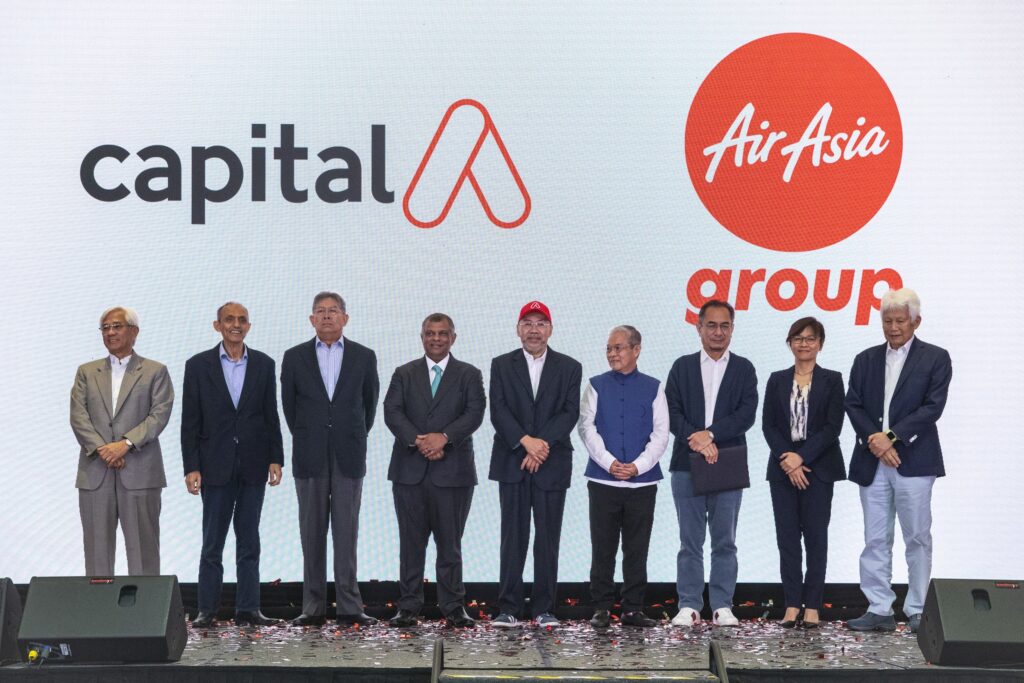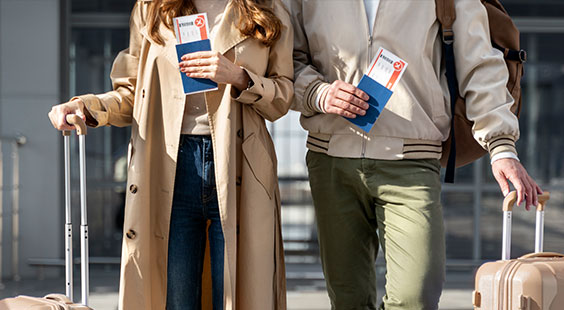Philippines digital nomad visa repositions the country as a remote work hub
The Philippines has officially joined the global race for remote work talent by introducing a Philippines digital nomad visa, allowing foreign professionals to live and work in the country tax-free for up to one year. With its tropical landscapes, English fluency, and competitive cost of living, the archipelago is angling to become Asia’s next digital lifestyle destination.
Background: Policy meets post-pandemic lifestyle shift
Announced in May 2025 by the Bureau of Immigration and Department of Tourism, the new visa caters to freelancers, remote employees, and entrepreneurs who can prove a minimum income of USD $2,000/month. Successful applicants can stay for up to 12 months, with an option to renew, and are exempt from local income tax.
The move is in step with other Southeast Asian nations—like Indonesia and Malaysia—which have launched similar programs to attract location-independent workers. But the Philippines is emphasizing its English-speaking population, Western-friendly culture, and improving connectivity as differentiators.
Strategic positioning: Infrastructure, lifestyle, and local impact
Beyond beaches and sunsets, the country is investing in the ecosystem to support this remote workforce. High-speed internet is expanding, thanks to 5G rollouts and Starlink satellite coverage in rural areas. Cities like Cebu and Davao are emerging as coworking hubs, while islands such as Siargao are seeing new digital nomad enclaves emerge.
The Department of Trade and Industry estimates that attracting just 20,000 digital nomads per year could add ₱20 billion (approx. USD $355 million) in local economic activity—from long-term accommodations and café culture to tech services and health retreats.
Editorial insight: A soft power play for a creative economy
The digital nomad visa isn’t just about tourism—it’s about building a creative services economy. Nomads stay longer, spend more consistently, and often inject new energy into local entrepreneurship.
But risks remain. Locals in top destinations could face rising rents and cultural displacement if planning lags behind growth. Critics warn that a poorly managed boom could mirror early gentrification. The government must balance accessibility with community integration—offering incentives not just to nomads, but to local partners building inclusive infrastructure.
Still, the message is clear: the Philippines isn’t just inviting visitors; it’s inviting professionals to plug into its future economy.
Future outlook: Southeast Asia’s race for remote talent intensifies
The Philippines now joins a competitive field of countries repositioning themselves as remote work havens. The question is whether it can offer more than warm weather—reliable services, safety, and work-friendly regulations will be key.
Done right, the program could elevate the Philippines from backpacker favorite to remote-first lifestyle brand, contributing to long-term economic diversification and innovation across its island regions.















